Your Stuff Isn’t Clutter: How to Display Your Collections Like a Pro
I once walked into a new client’s home, and her life story was everywhere—literally. Every surface was covered. Tiny carved elephants were neighbors with Venetian glass birds, and a child’s first pinch pot was sitting right next to a heavy antique clock. She had this incredible passion for travel and family, but it was all being shouted at once. The individual meaning of each object was totally lost in the noise.
In this article
- First Things First: Getting a Feel for ‘Visual Weight’
- The Stylist’s Secret Weapon: Creating a Vignette
- Styling Shelves Without the Clutter
- Stuck? Let’s Troubleshoot Common Problems
- The Finishing Touches: Color, Texture, and Material
- Don’t Forget to Rotate and Edit
- Your Display Styling Starter Kit
- A Final, Crucial Note on Safety
My job wasn’t to talk her into getting rid of her treasures. It was to help them find their voice. Honestly, this is something I see all the time. We collect things that are deeply meaningful to us, but then we struggle to make them look good in our homes. There’s a fine line between a personal, curated collection and just… clutter.
This guide is all about walking that line. It’s not about rigid rules or buying a bunch of expensive new decor. It’s about using the same core principles that professional stylists and even museum curators rely on. We’ll get into grouping objects with purpose, making your shelves work for you, and turning that pile of knick-knacks into a beautiful display that tells your story.
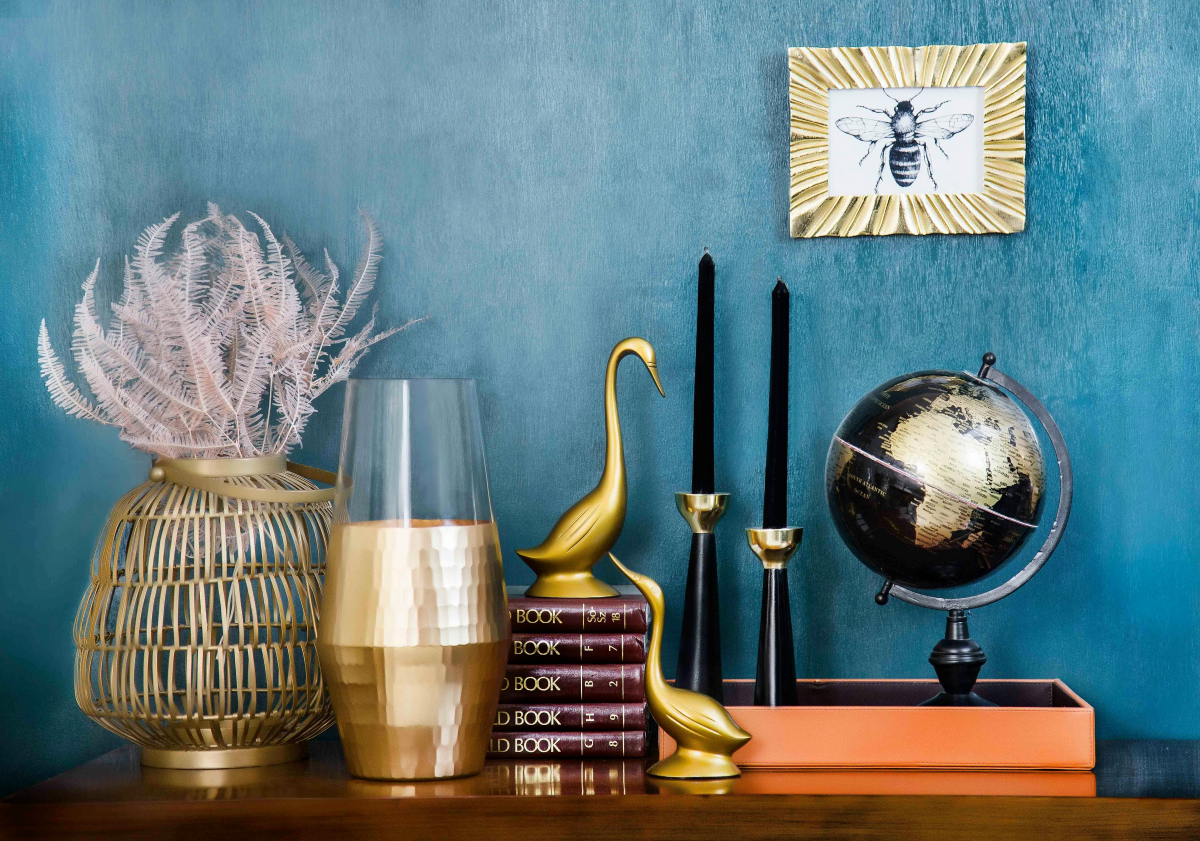
First Things First: Getting a Feel for ‘Visual Weight’
Before you move a single thing, we need to talk about a foundational concept: visual weight. It’s not about how many pounds something weighs; it’s about how much attention it grabs. A small, dark, intricate object can easily have more visual weight than a large, pale, simple one. Picture a small, ornate black box on a big white table. Your eye goes right to it, right? That’s visual weight in action.
A few things create this effect:
- Color: Dark, warm, and bright colors feel “heavier” than light, cool, or muted ones.
- Texture: A rough, complex texture like raw wood or a detailed weaving feels heavier than a smooth, sleek surface like polished glass.
- Size: This one’s pretty obvious—larger things generally have more visual weight.
- Complexity: An object with a detailed pattern or intricate shape feels heavier than something with a solid color and simple form.
Once you get the hang of seeing visual weight, you can use it to create balance. Symmetrical balance is what you see on a traditional fireplace mantel—a big clock in the middle, flanked by two identical candlesticks. It’s formal and calm.

But for personal collections, we usually lean into asymmetrical balance. It’s way more dynamic and modern. Instead of mirroring two identical items, you balance different objects. For example, on one side of a console table, you might have a tall, heavy lamp. To balance it, the other side could have a group of three smaller things: a medium-sized vase, a short stack of books, and a small, heavy paperweight. The single lamp has the same visual weight as the group of smaller items. The result feels balanced but so much more interesting. Mastering this idea is the key to everything else.
The Stylist’s Secret Weapon: Creating a Vignette
In the design world, we don’t just “put things out.” We create vignettes. A vignette is just a fancy word for a small, thoughtful grouping of objects that tells a tiny story on a coffee table, a nightstand, or a corner of a bookshelf.
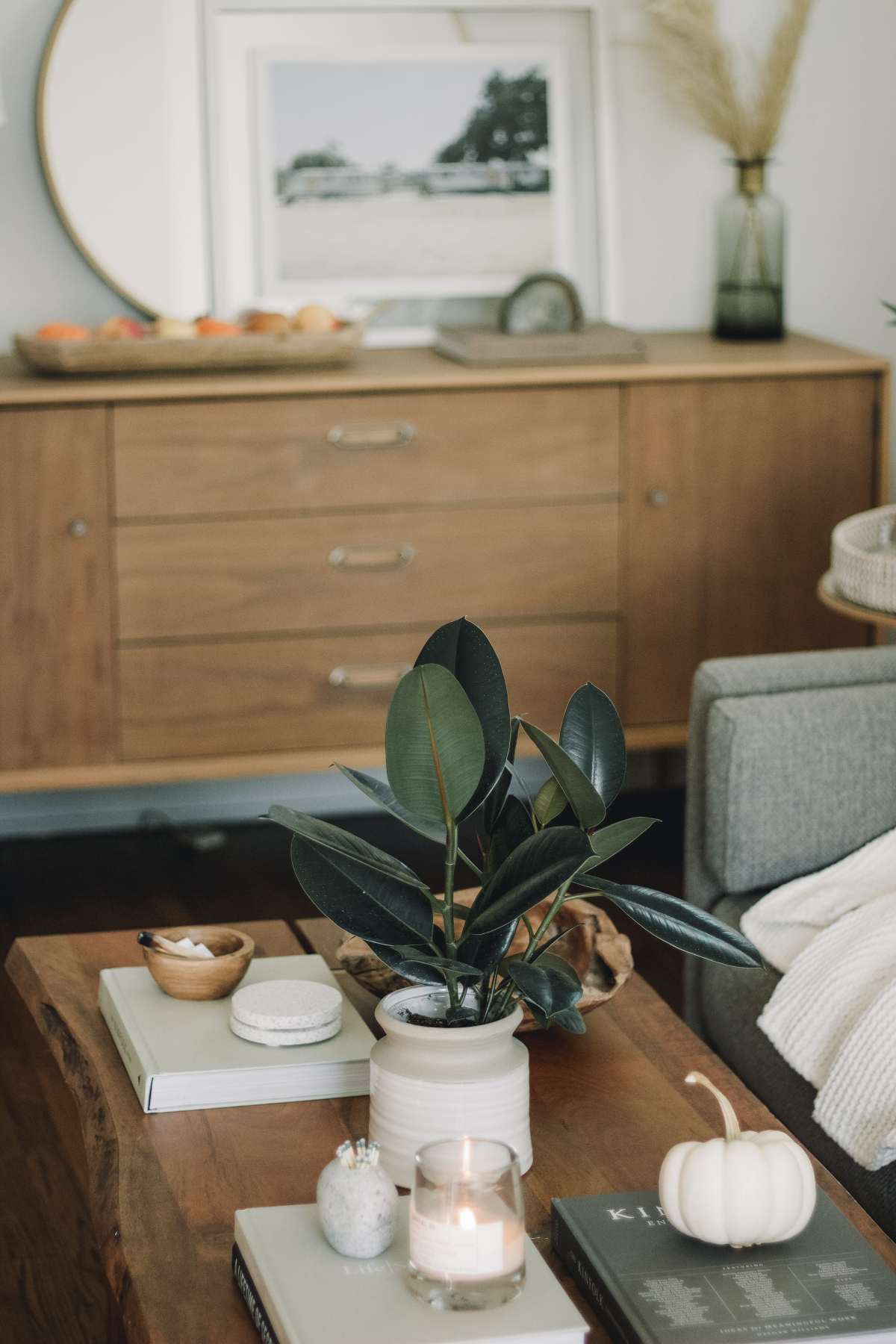
The easiest and most effective way to do this is by grouping items in odd numbers, usually three or five. Our brains just find odd-numbered groups more natural and visually pleasing. The classic three-item vignette is a great place to start:
- The Anchor: This is your biggest piece, the star of the show. It’s usually something tall, like a table lamp, a vase with some branches, or a piece of framed art leaned against the wall.
- The Counterpoint: This piece should be about half the height of your anchor. It could be a small sculpture, a potted plant, or a stack of a few books. It creates a nice visual flow from the anchor.
- The Filler: This is the small, personal touch that adds detail and texture. Think a beautiful rock, a small dish for keys, a single candle, or a string of beads draped casually.
Let’s make this real. Say you have some travel souvenirs. You could use a large, carved elephant as your Anchor. For the Counterpoint, a stack of vintage-looking postcards tied with twine. And for the Filler, a unique, smooth rock you picked up on a beach. See? It tells a story.
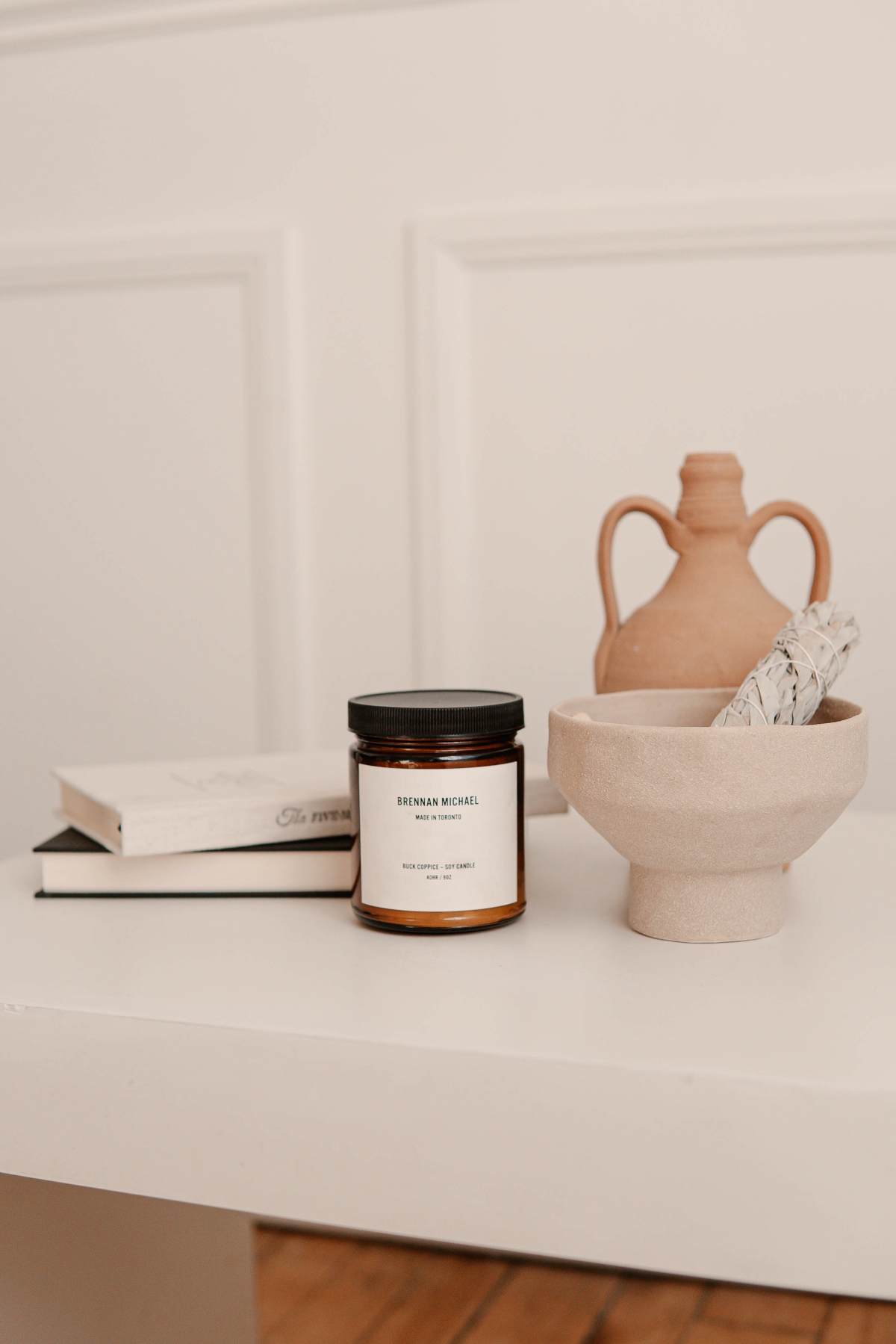
Oh yeah, and here’s a pro tip that changes everything: place the whole group on a tray. A simple wooden, metal, or woven tray—or even a large hardcover book—acts like a frame. It instantly makes separate items feel like a single, intentional unit. It’s the difference between random stuff and a curated display.
Quick Win: Don’t have time for a full restyle? Try this 5-minute fix. Grab a tray, place it on your coffee table, and group your TV remote, a candle, and a small plant on it. Boom. Instant organization.
Styling Shelves Without the Clutter
Bookshelves and floating shelves are the natural home for our collections, but man, can they get cluttered fast. The key is to think of the entire shelving unit as one big canvas and give your objects room to breathe. When I’m styling a bookcase for a client, I usually plan for it to take anywhere from an hour to a full afternoon, depending on how much stuff we’re working with.
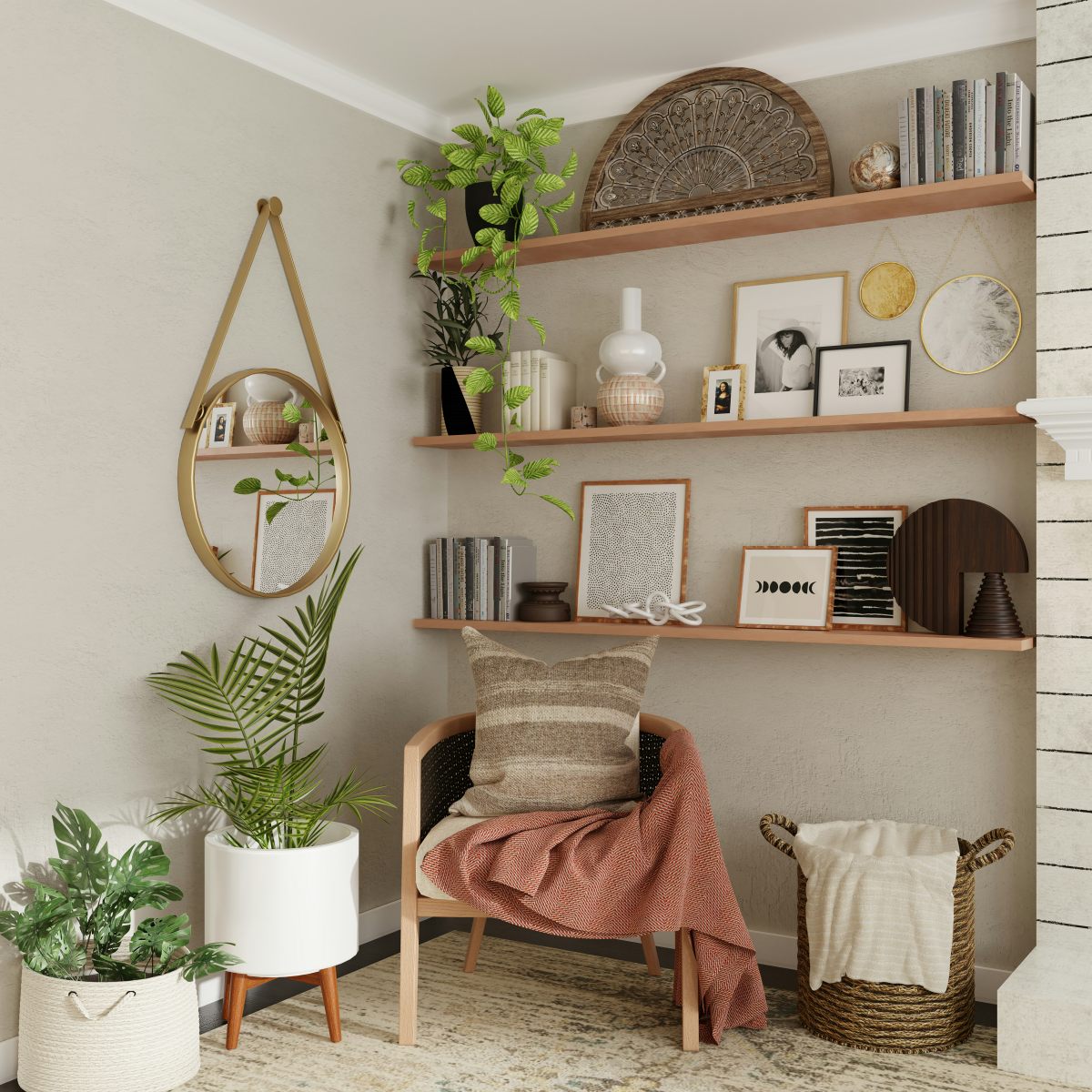
For Open Bookcases & Floating Shelves
Instead of lining everything up in a row, try the “zigzag” method. Place your first visually heavy object (like a large vase) on the top left shelf. Then, place your next heavy object on the shelf below it, but on the right side. Continue this diagonal pattern down the shelves. This forces your eye to move around and take in the whole display.
A few other tricks I always use:
- Layer It Up: Don’t be afraid to put smaller things in front of flatter things. A little bowl in front of a leaning art print adds so much depth.
- Vary Book Stacks: Mix it up! Some books should be vertical, while others are stacked horizontally. A horizontal stack is also a perfect pedestal to give a smaller object some extra height and importance.
- Embrace Empty Space: This is the hardest one for collectors, but it’s crucial. Negative space (the empty spots) is what makes your chosen objects feel special. It gives the eye a place to rest. I aim to leave about a third of each shelf’s surface empty. It really works.
Heads up on safety! Always respect a shelf’s weight limit. For floating shelves, it is absolutely essential to mount them correctly into wall studs whenever possible. If you can’t, use the right kind of drywall anchors for the weight you’re planning. A stud finder costs about $20 at Home Depot or Lowe’s, and it’s the best insurance against a shelf full of pottery crashing down. Trust me, I’ve gotten that frantic phone call from a client.
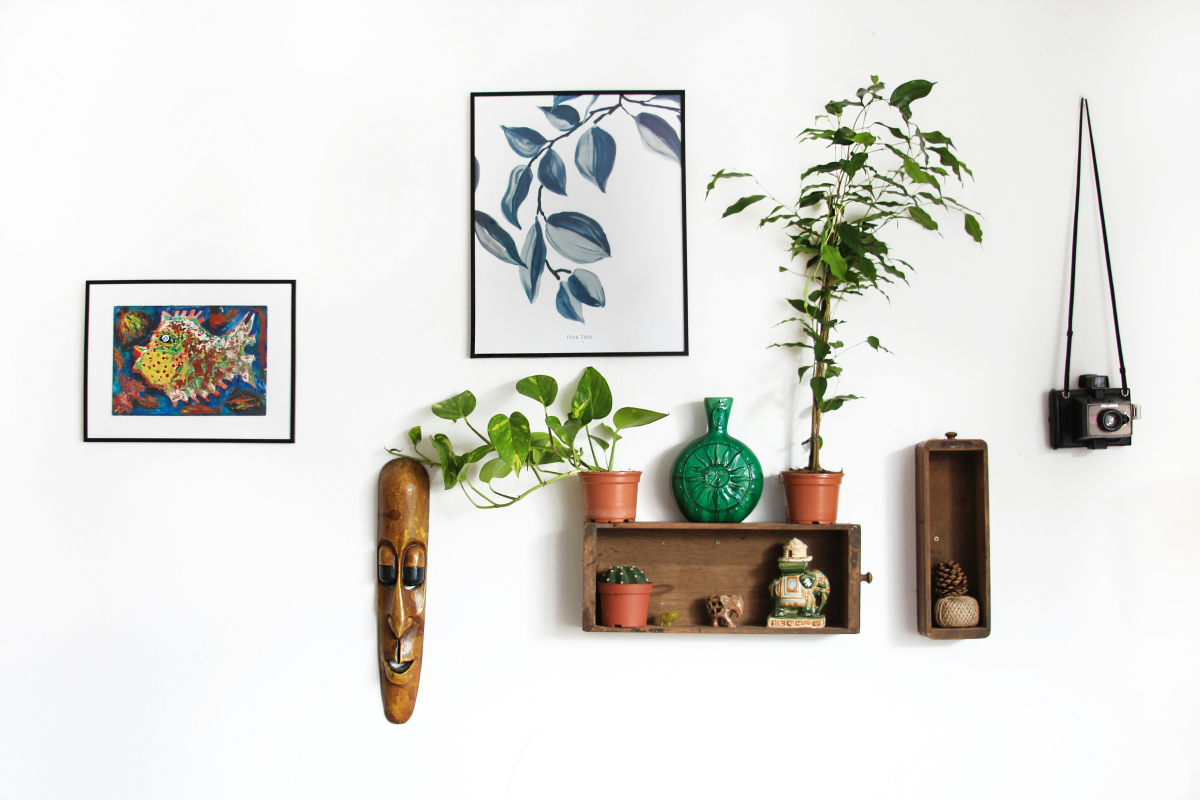
For Glass Cabinets & Curios
A glass cabinet is great for protecting fragile or dust-prone items, but it can quickly look like a forgotten, stuffy corner. The secret to making it feel fresh and modern is lighting. You can buy thin LED light strips (look for a warm white glow, around 2700K) online for $20-$40 and run them along the inside front edges. It instantly makes the contents look like a museum exhibit.
Inside the cabinet, create different levels. A set of clear acrylic risers—you can get them online for about $10-$20—is a game-changer. Placing some items on risers brings them out of the shadows and creates a much more interesting display.
Stuck? Let’s Troubleshoot Common Problems
Sometimes you hit a wall. Your collection just isn’t cooperating. Here are a couple of the most common issues I help people solve.
- The Problem: “All my things are the same height!” This is a classic. The solution is to create your own height. Use stacks of books (with the spines facing in for a neutral look) as pedestals. Small decorative boxes also work wonders. You’re basically faking a “Counterpoint” piece to create those pleasing visual levels.
- The Problem: “My collection is a rainbow of clashing colors.” This can feel chaotic. Instead of trying to make all the colors work, find a different unifying element. Maybe it’s texture (group all the rough-textured items together) or material (create a display of just your wooden items, or just your metal ones). Another trick is to pick just one color from the bunch—say, a vibrant blue—and make sure it appears in 2-3 spots across the display to tie everything together.
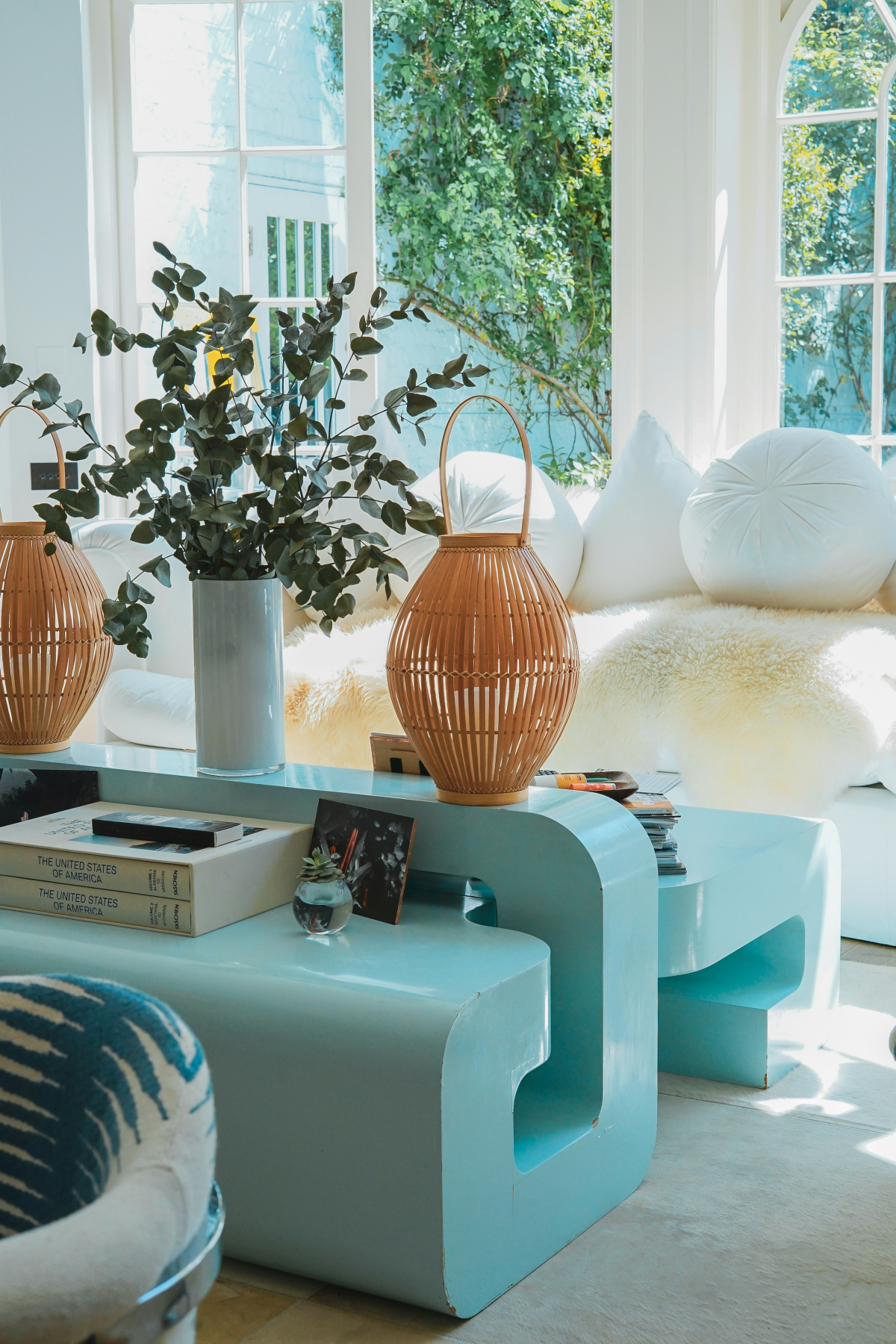
The Finishing Touches: Color, Texture, and Material
A truly great display is a conversation between your objects. Think about how their surfaces and colors play together.
For color, a limited palette is the fastest way to look cohesive. This doesn’t mean boring beige! You could go with warm earth tones (terracotta, brass, wood, cream) or cool coastal shades (blues, grays, whites). Texture is what adds life and a sensory feel. A collection of all-shiny objects can feel a bit flat. So, mix it up. Place a rough ceramic vase next to smooth sea glass. Set a worn, leather-bound book beside a polished silver frame. The contrast makes each object pop.
Think about materials, too. A display of a single material, like a group of different glass bottles, can be really powerful. Or, you can create harmony by mixing natural materials like wood, stone, and clay. Just be mindful of jarring contrasts. Super delicate lace next to brutalist concrete might feel off unless you add a “bridging” element, like a piece of dark wood, to soften the transition.

Don’t Forget to Rotate and Edit
No one has unlimited space. One of the best habits you can develop is rotating your collection. You’ll appreciate your things more if you don’t see them all, all the time.
My advice is to get some sturdy, acid-free storage boxes from a craft store like Michael’s. Designate a closet shelf as your “collection library.” Then, just swap things out with the seasons. Bring out cozier objects in the fall and lighter, brighter pieces in the spring. It keeps your home feeling fresh and alive.
And the other side of this is editing. It’s okay to let things go. Tastes change. If an object doesn’t bring you joy or fit the story of who you are today, consider donating it or giving it to a friend who will love it. Your home should be a reflection of you now, not just a museum of who you were.
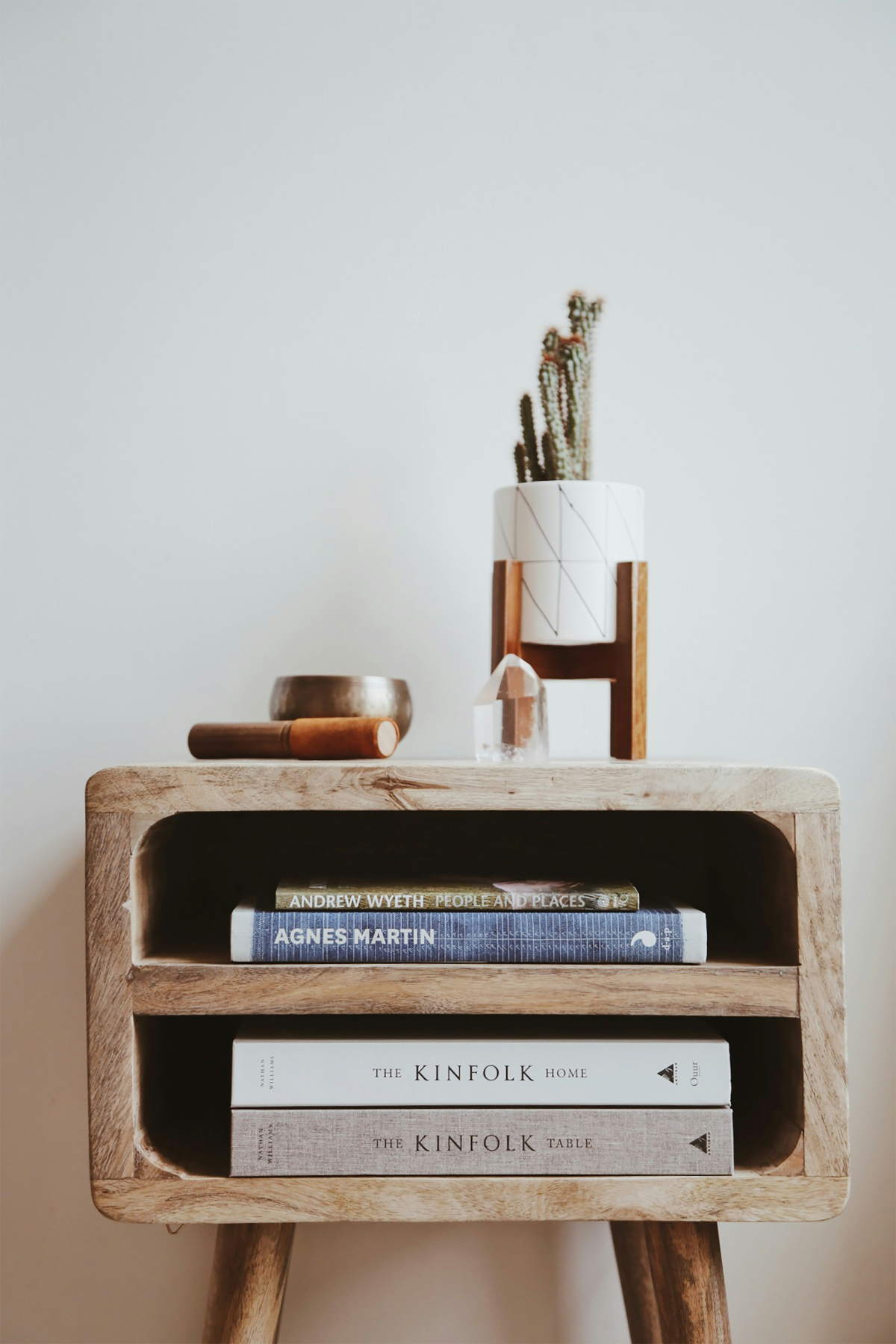
Your Display Styling Starter Kit
Sometimes a collection needs a little extra help, especially if it’s super fragile or made of tiny pieces. Here are a few tools I always have on hand.
- Museum Putty: This is a non-damaging, reusable adhesive that secures the bottom of an object to a shelf. It’s a must-have in homes with kids, pets, or in earthquake-prone areas. It’s a lifesaver and costs about $8 online or at hardware stores.
- Shadow Boxes: The perfect solution for tiny collections like pins, medals, or shells. They turn a jumble of small things into one impressive piece of wall art. You can find them at Michael’s, IKEA, or Target for anywhere from $15 to $50.
- Glass Cloches (Domes): A beautiful way to protect a single, precious object from dust and grabby hands. They make anything look important.
By the way, if you think your collection has significant monetary value, my advice stops at aesthetics. Please consult a professional appraiser and make sure your items are properly documented and insured. That’s a crucial step I can’t help with.

A Final, Crucial Note on Safety
Your beautiful displays should never, ever come at the cost of safety. This is non-negotiable.
The most important warning I can give is about anchoring your furniture. Any tall piece like a bookcase, cabinet, or dresser is a tipping hazard, especially with small kids around. Always use the anti-tip kit that comes with new furniture. If you have older pieces, you can buy these kits for a few bucks at any hardware store. Please, secure these pieces to a stud in the wall. It’s a simple step that saves lives.
And finally, know your limits. If you’re hanging heavy shelves or a massive piece of art and don’t feel 100% confident, hire a professional handyman. A good pro can save you a lot of stress and potential disaster. Your home is your story. Display it with pride!










